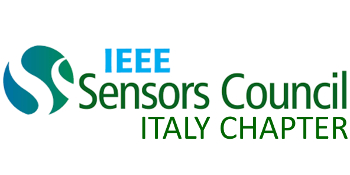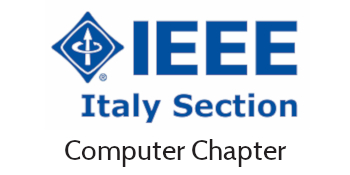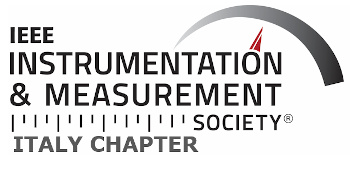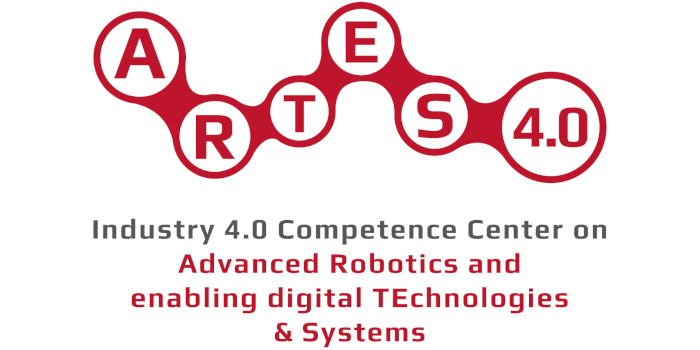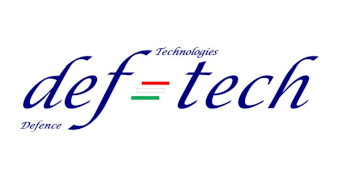Challenges of Measuring Human Physical Interaction
Neville Hogan
MIT - Massachusetts Institute of Technology, United States
ABSTRACT
Humans will soon share their space with robots. Pioneering clinical and medical applications already indicate the benefits of physical human-robot collaboration. Successful physical collaboration between humans and robots requires a quantitative knowledge of human sensory-motor performance, but humans’ extreme adaptability presents a particular challenge: attempts to measure performance induce fundamental changes of performance. Measurement of standing balance provides an example: applying perturbations to identify control system dynamics invariably induces a change of posture. Recent non-perturbing methods that may circumvent this problem will be reviewed.
Quantifying physical interaction dynamics is even more challenging. Mechanical impedance at points of contact provides information essential to assess interaction stability and performance. Recent measurements during locomotion show that multi-variable ankle mechanical impedance is time-varying, but both passive and dissipative; moreover, dissipation increases with muscle activation. However, the small stochastic perturbations applied to measure mechanical impedance may change it, over-exciting muscle spindles which may contribute to mechanical impedance via spinal reflex feedback. Non-contact mechanical impedance measurement appears impossible, but recent studies will be reviewed which showed that humans have a remarkable ability to assess stiffness without physical contact or perturbation. Some implications for physical human-robot collaboration will be considered.
SPEAKER BIO
Neville Hogan is Sun Jae Professor of Mechanical Engineering and Professor of Brain and Cognitive Sciences at the Massachusetts Institute of Technology. He earned a Diploma in Engineering (with distinction) from Dublin Institute of Technology and M.S., Mechanical Engineer and Ph.D. degrees from MIT. He joined MIT’s faculty in 1979 and presently Directs the Newman Laboratory for Biomechanics and Human Rehabilitation. He co-founded Interactive Motion Technologies, now part of Bionik Laboratories. His research includes robotics, motor neuroscience, and rehabilitation engineering, emphasizing the control of physical contact and dynamic interaction. Awards include: Honorary Doctorates from Delft University of Technology and Dublin Institute of Technology; the Silver Medal of the Royal Academy of Medicine in Ireland; the Henry M. Paynter Outstanding Investigator Award and the Rufus T. Oldenburger Medal from the American Society of Mechanical Engineers, Dynamic Systems and Control Division; the Academic Career Achievement Award from the Institute of Electrical and Electronics Engineers, Engineering in Medicine and Biology Society; and the Saint Patrick’s Day Medal for Academia from Science Foundation Ireland.





